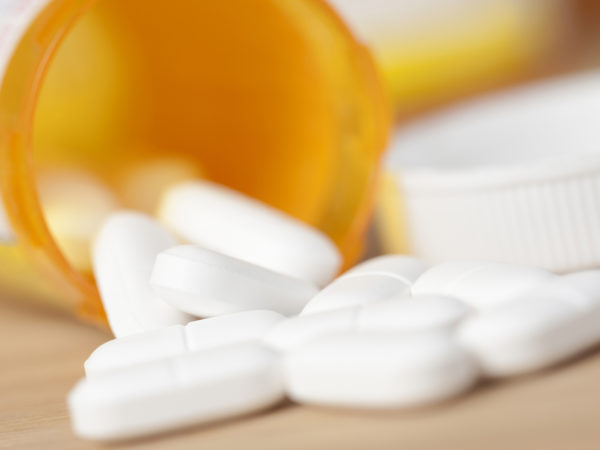Naltrexone for Autoimmune Diseases?
Have you read about low-dose Naltrexone (LDN) for the treatment of autoimmune diseases? If so, what are your views?
Andrew Weil, M.D. | February 11, 2011

Naltrexone is an opioid antagonist, a drug that blocks receptors in the brain that enable you to feel pleasure from the use of narcotics (and alcohol). It is a first line treatment in emergency departments for heroin overdose, and is FDA approved for use in drug and alcohol rehabilitation programs.
In recent years, some doctors and patients have been experimenting with low-dose naltrexone (LDN) for the treatment of autoimmune diseases with surprisingly good results. The low dose is usually 3-4.5 mg, compared to the 50 mg used to treat drug and alcohol addiction.
I discussed the use of LDN for treatment of autoimmune diseases with Randy Horwitz, M.D., Ph.D., medical director of the Arizona Center for Integrative Medicine. Dr. Horwitz said he has several patients taking LDN for various autoimmune conditions, including rheumatoid arthritis, lupus, psoriasis and multiple sclerosis, as well as fibromyalgia. He said he hasn’t seen much improvement in fibromyalgia patients who have tried LDN but described responses in his patients with autoimmune conditions as “promising in the short-term.”
Dr. Horwitz notes that there have been many reports of LDN’S effectiveness for addressing autoimmune diseases in the literature, but so far, no large scale studies have confirmed it. However, he said that limited smaller studies have shown LDN to be safe and the results are encouraging. Dr. Horwitz is optimistic about the treatment and says he will continue to use it in some patients.
The “off-label” use of naltrexone goes back to 1985, when a New York City physician found that 3 mg taken at bedtime boosted the immune system of AIDS patients. LDN is thought to work by blocking opioid receptors briefly leading to increased production of endorphins and enkephalins, the body’s natural painkillers. These natural opioids are believed to influence immunity via opioid receptors on immune cells.
Andrew Weil, M.D.









